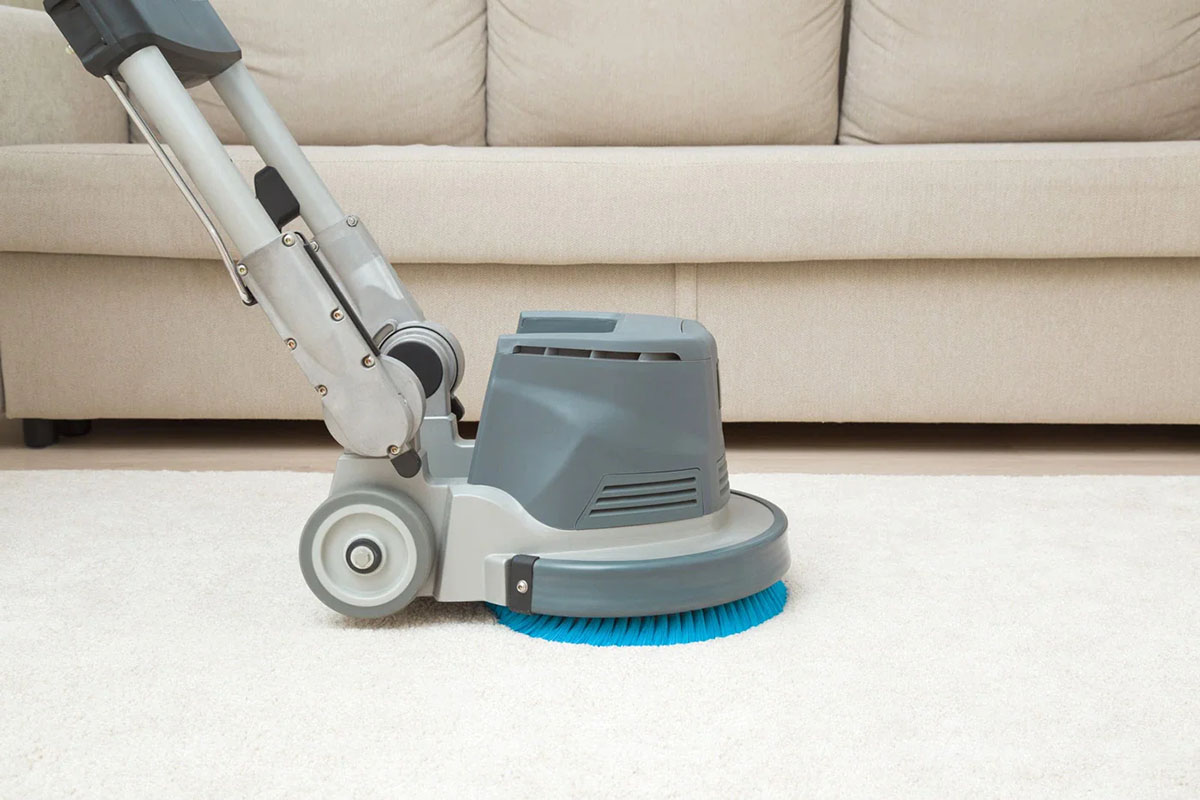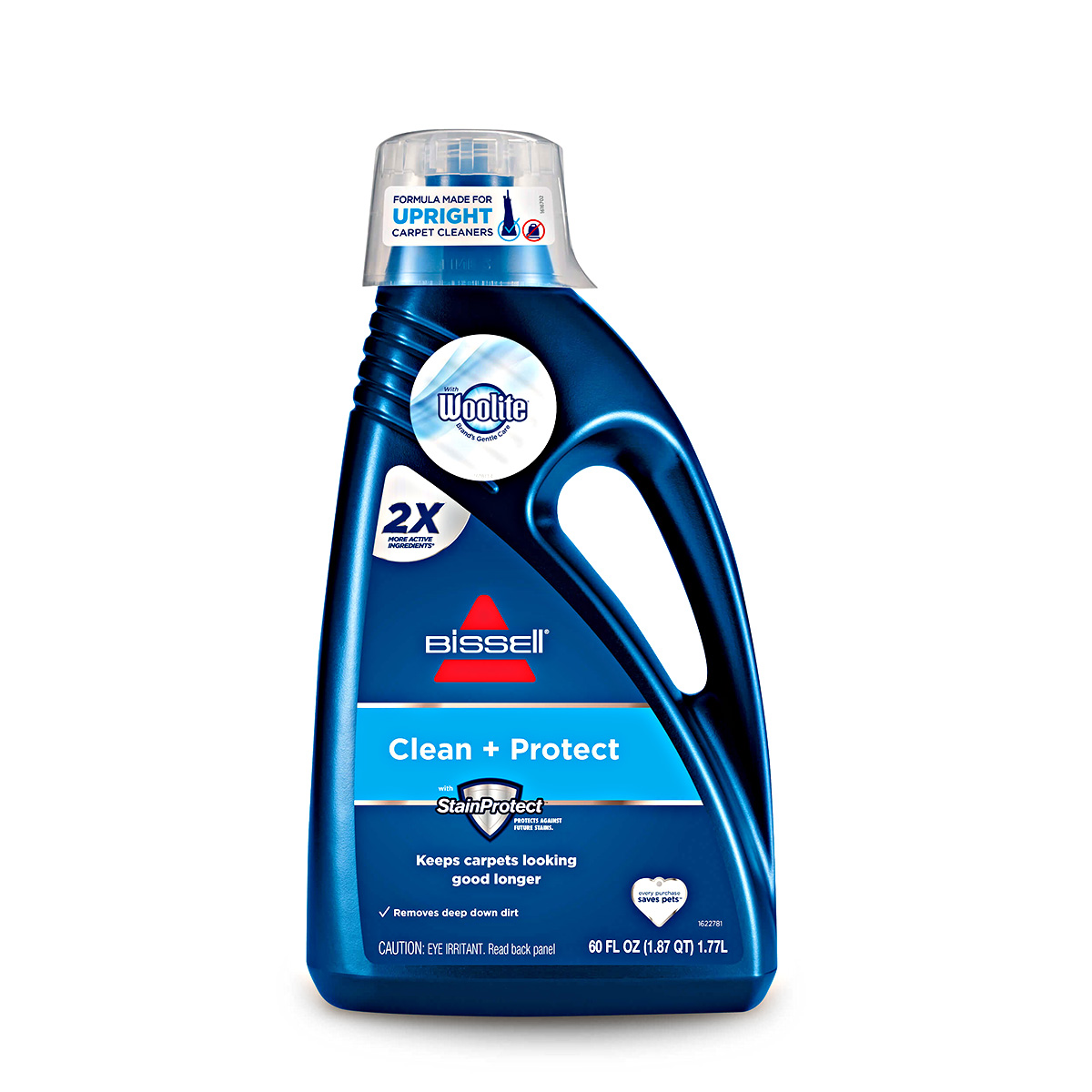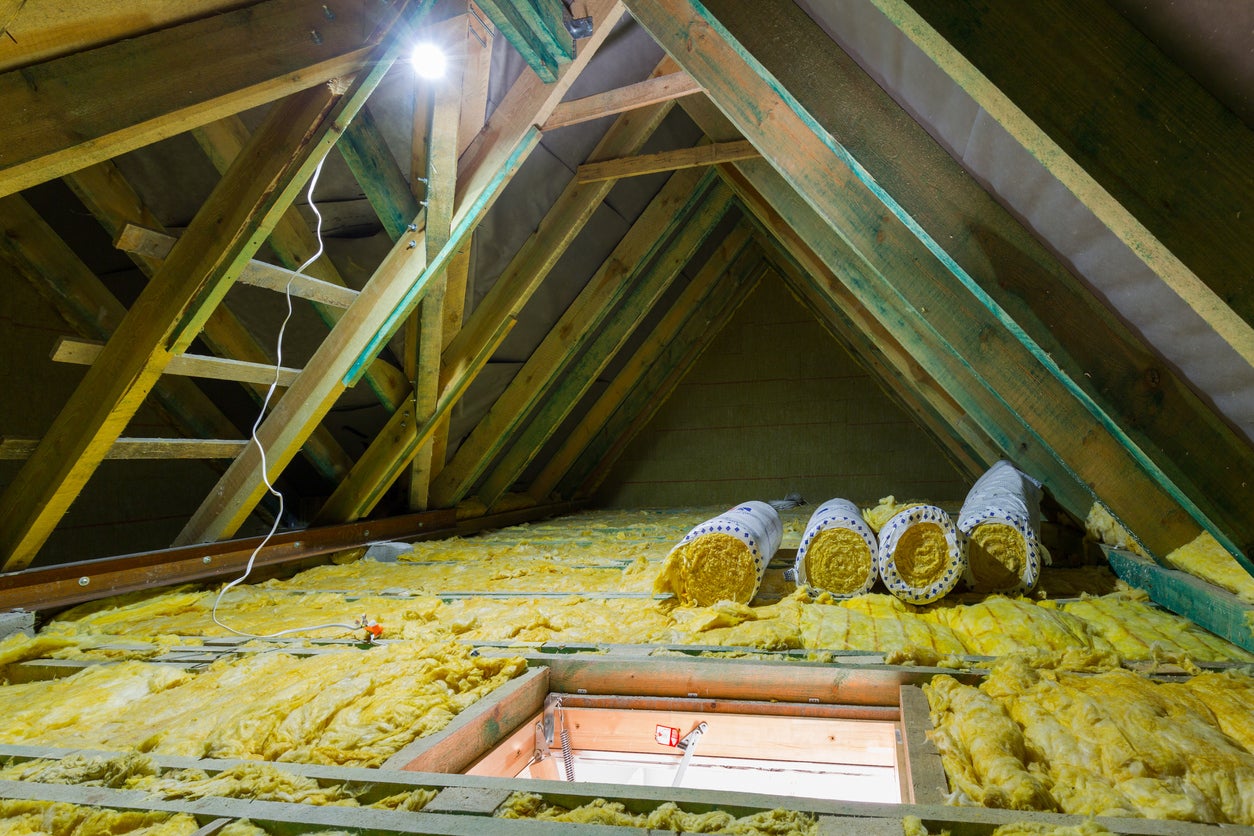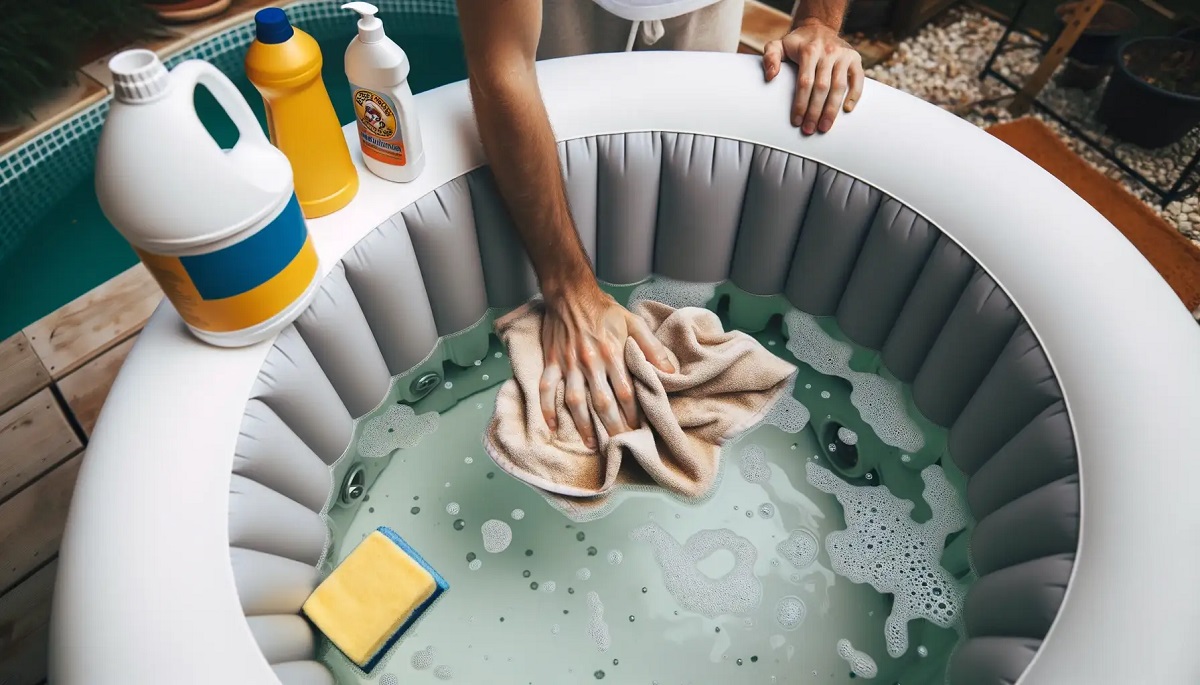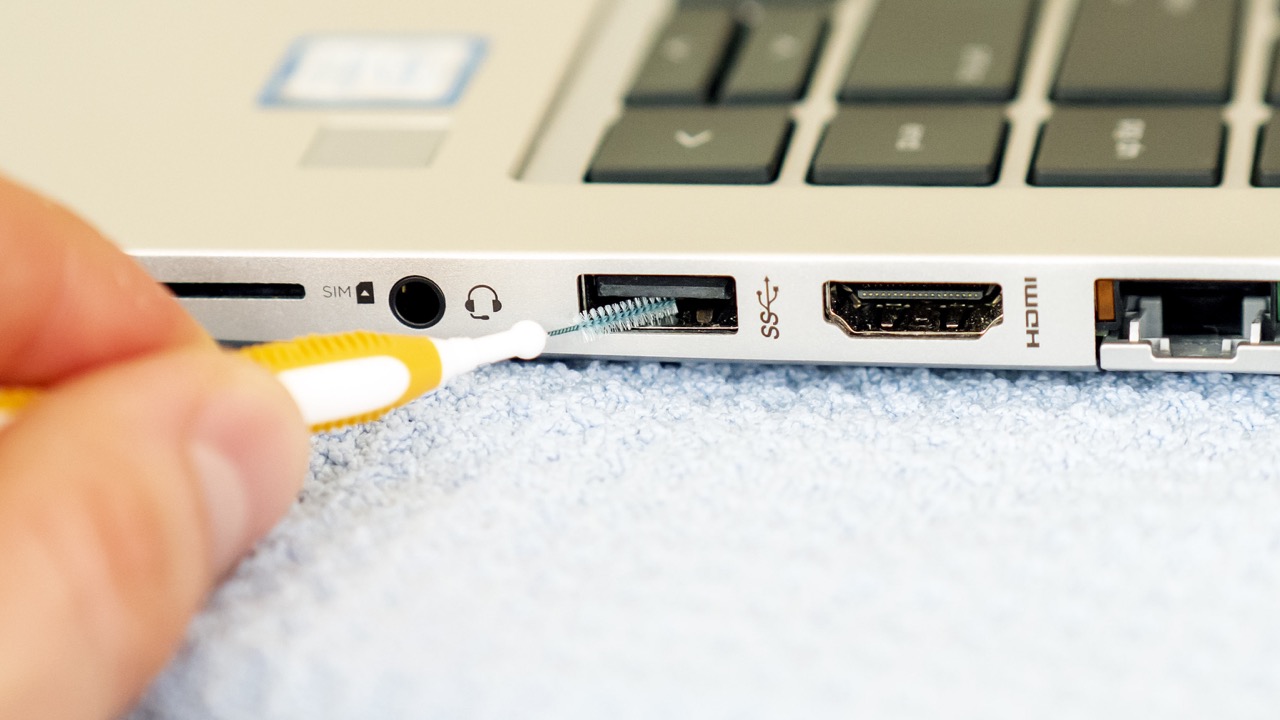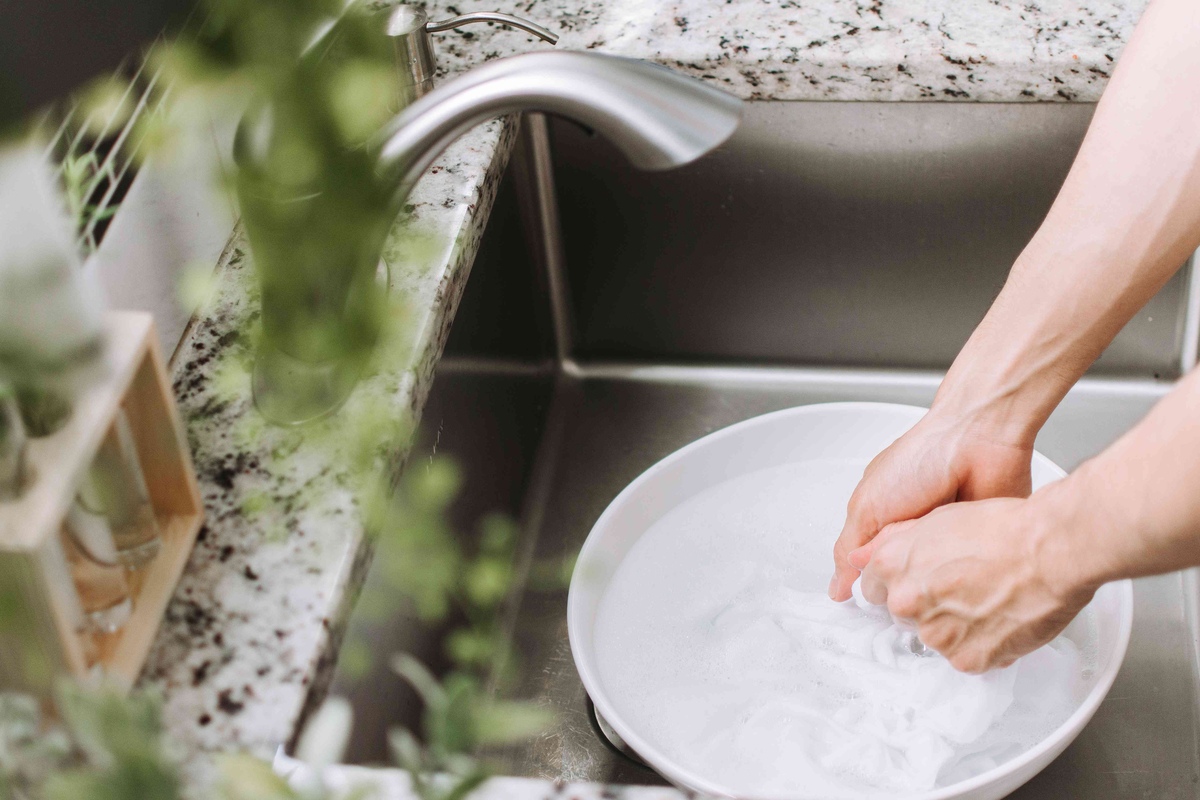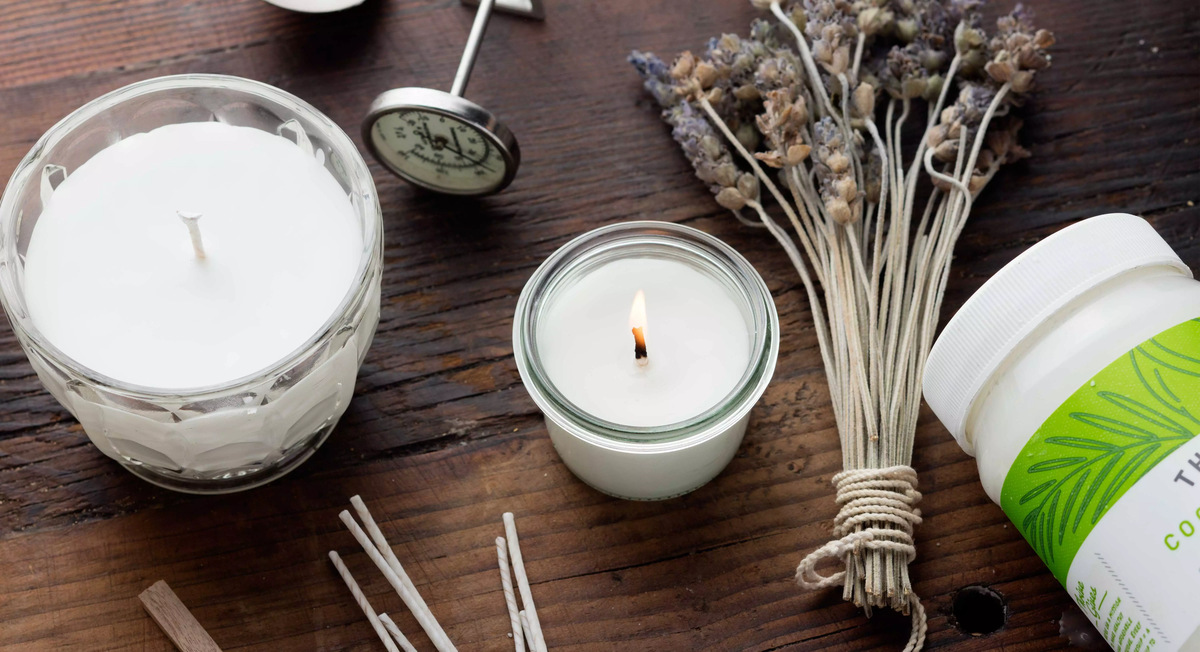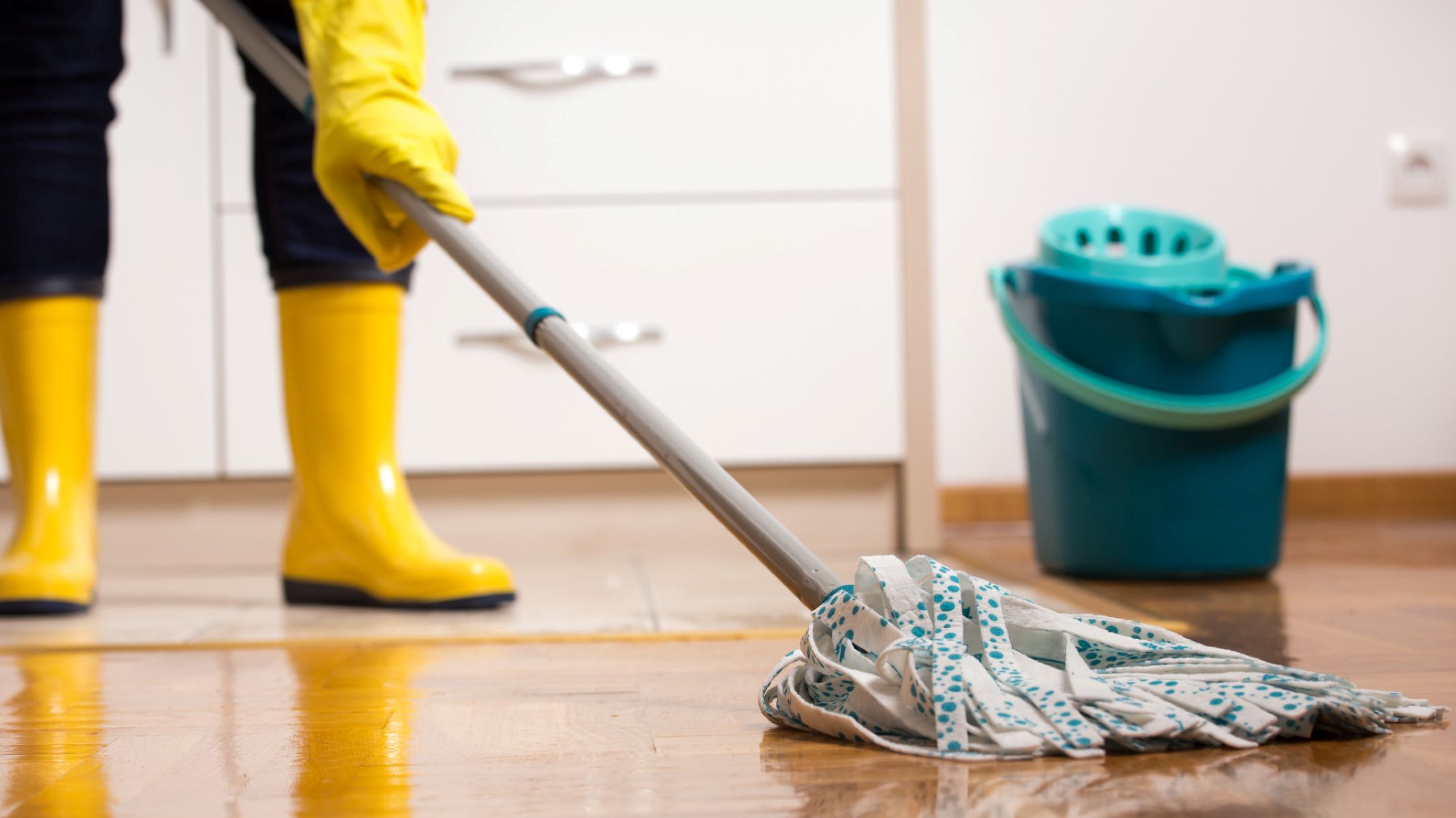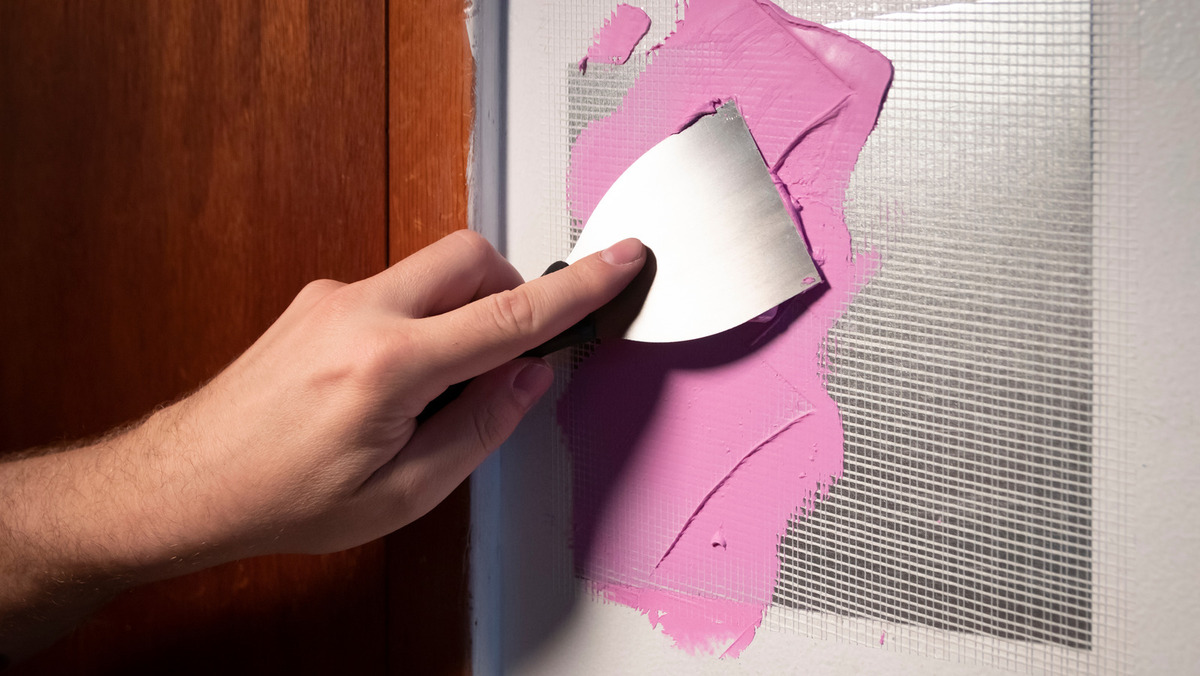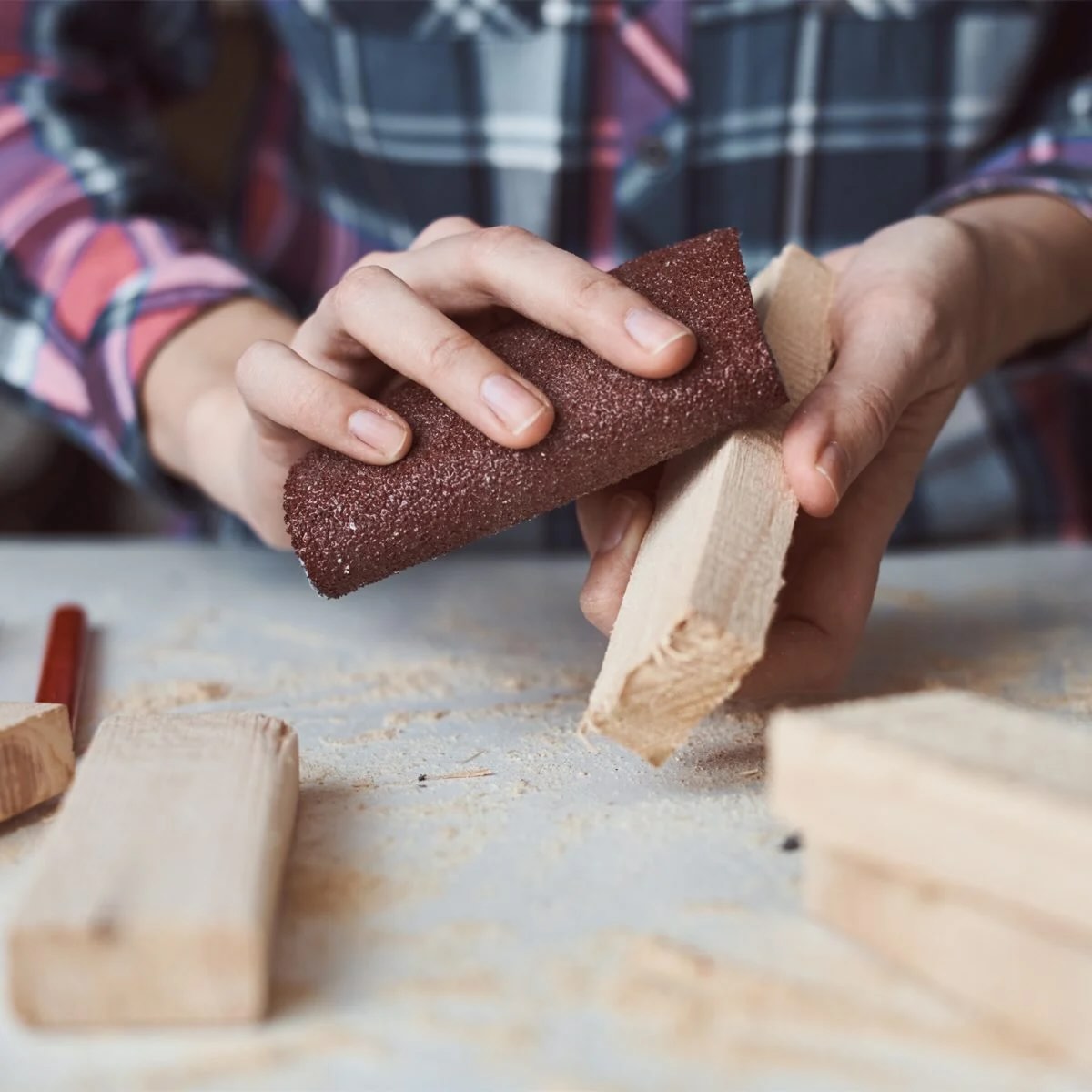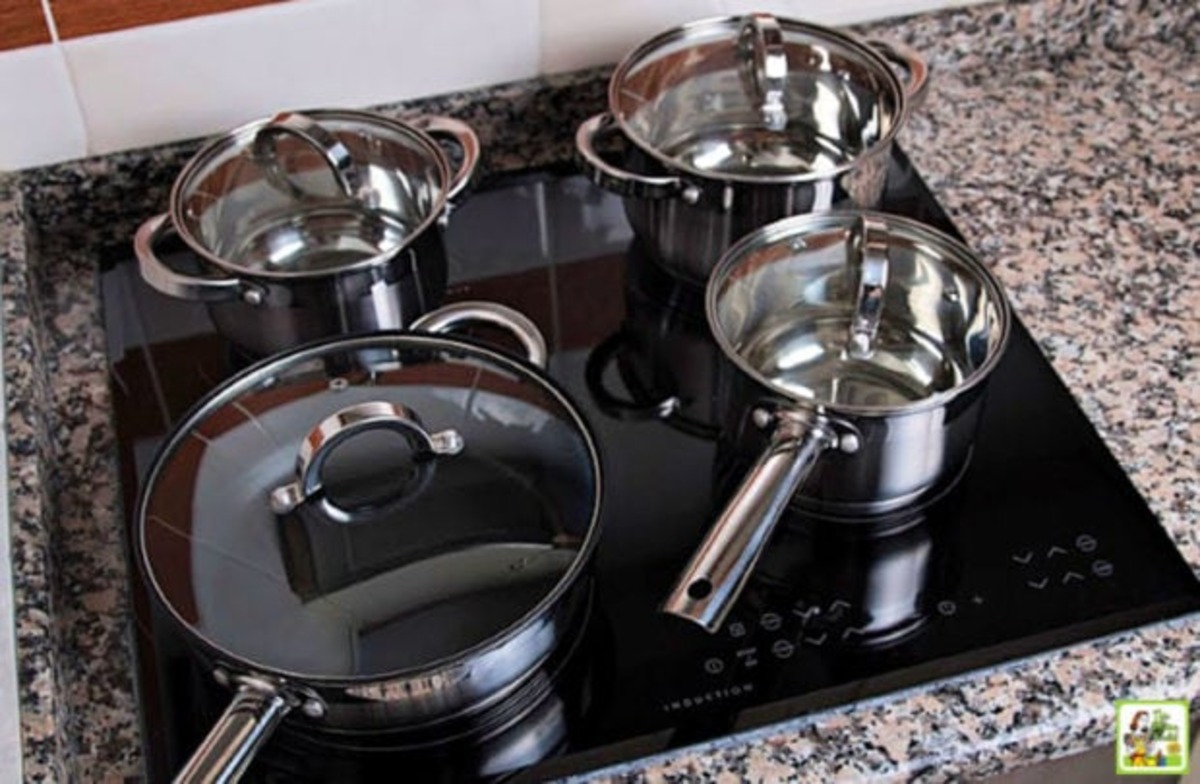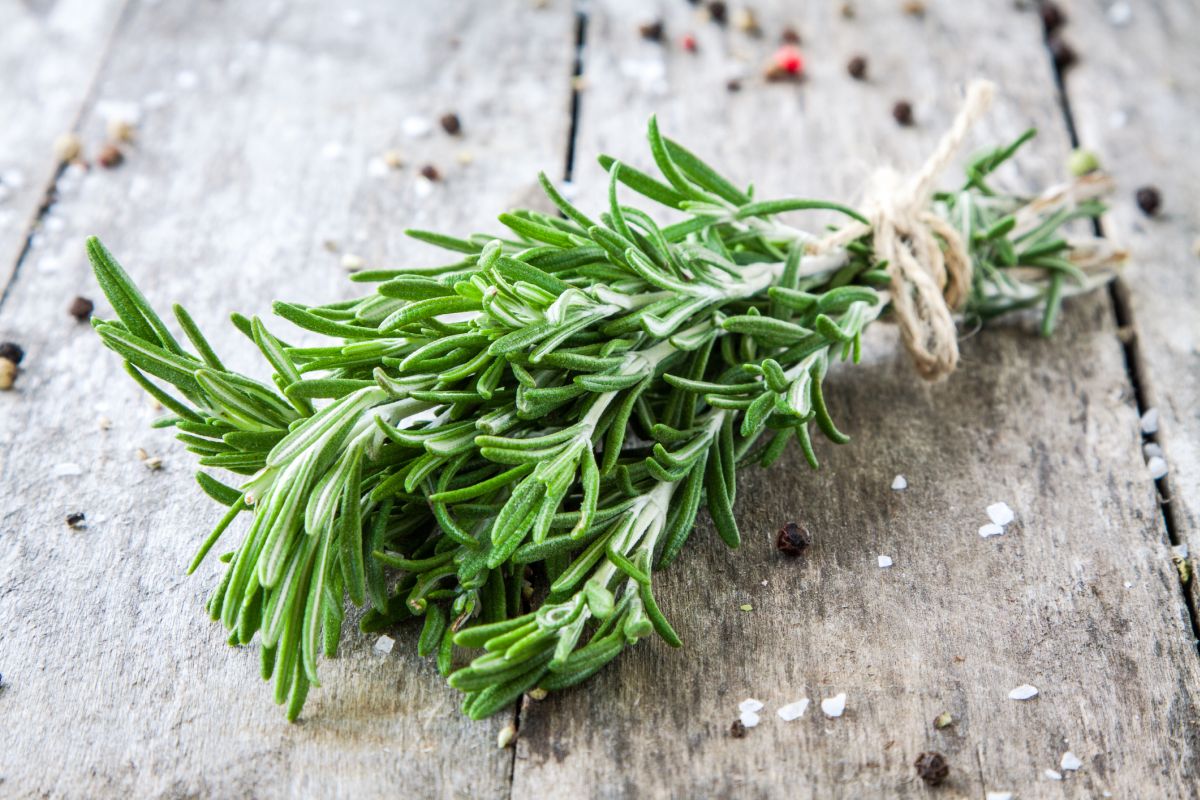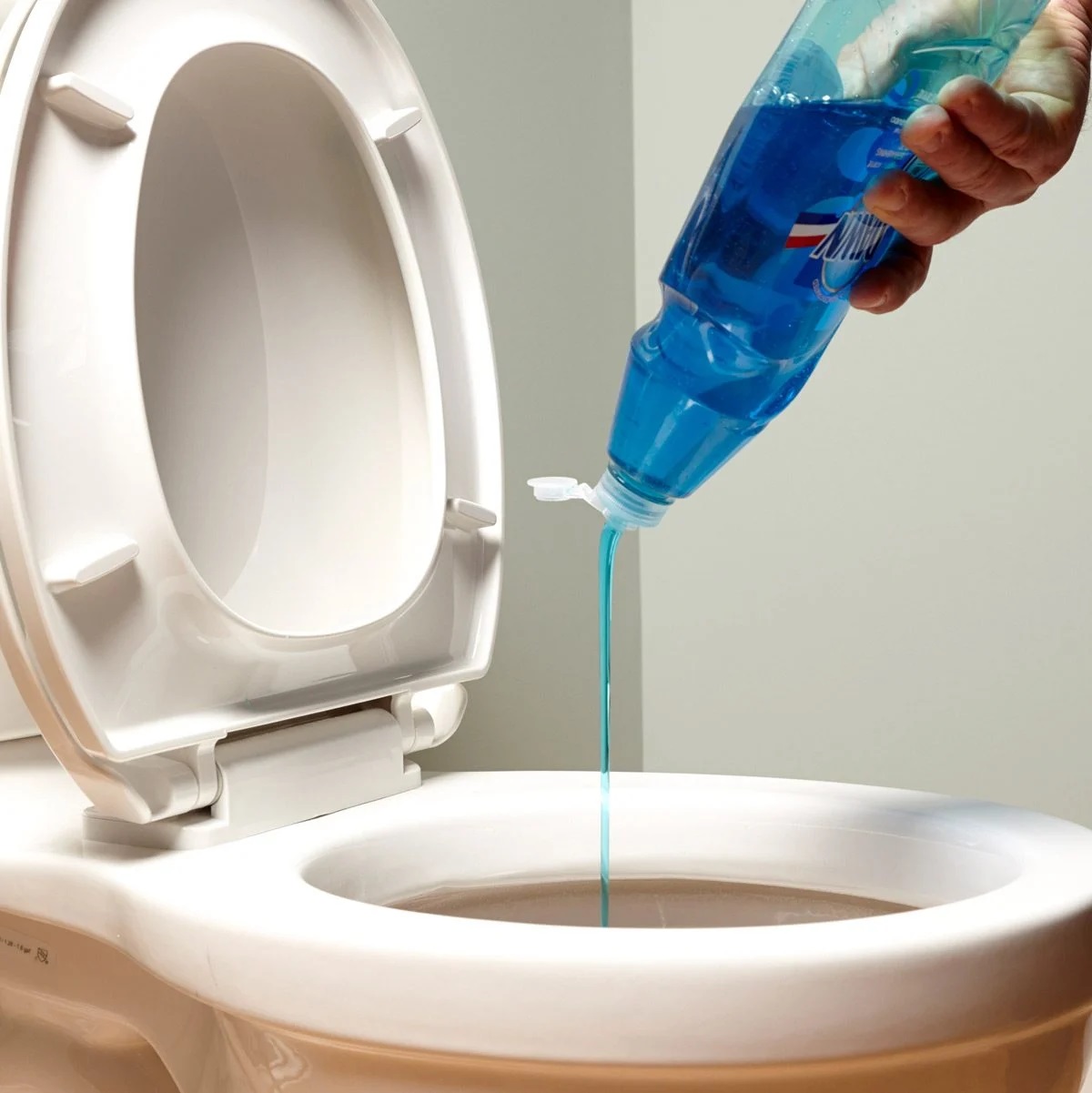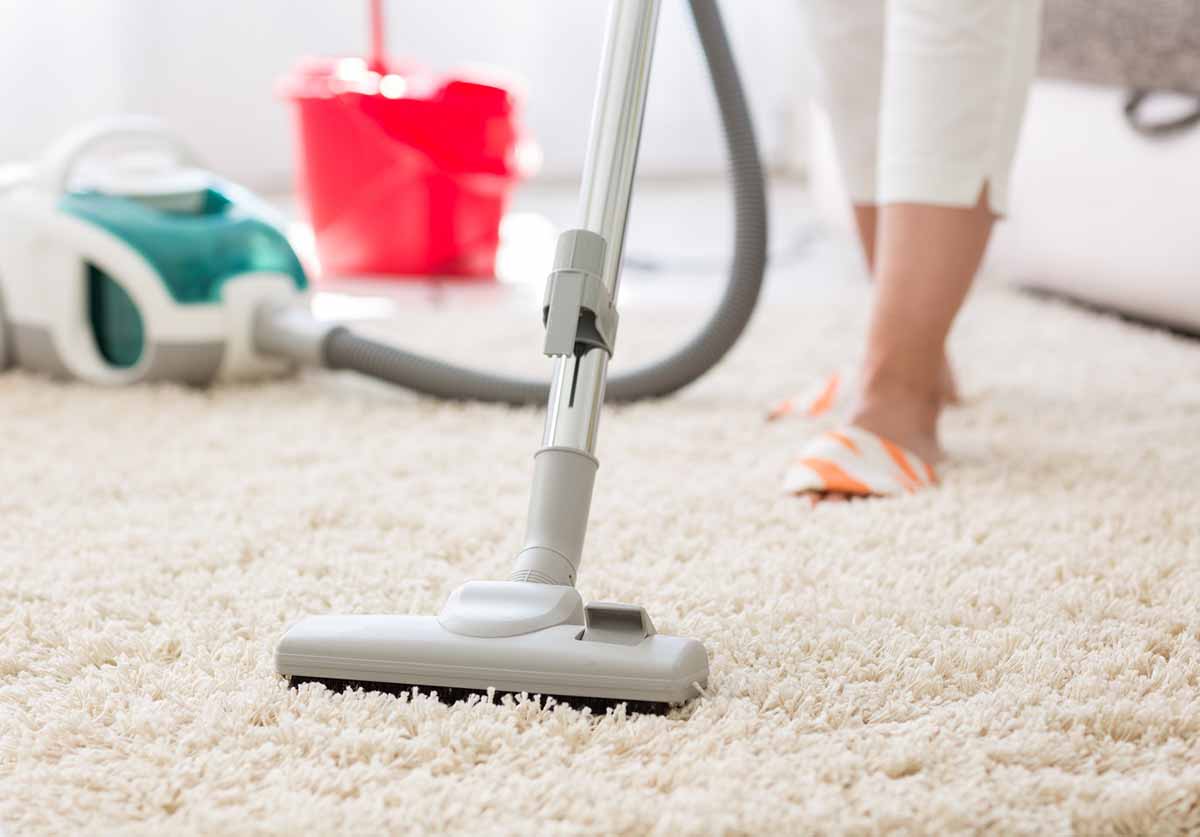

Articles
What Can I Use To Clean A Carpet
Modified: January 9, 2024
Looking for articles on what to use to clean a carpet? Discover effective carpet cleaning solutions and tips to keep your carpets fresh and spotless.
(Many of the links in this article redirect to a specific reviewed product. Your purchase of these products through affiliate links helps to generate commission for Storables.com, at no extra cost. Learn more)
Introduction
Keeping your carpets clean is essential for maintaining a fresh and healthy home environment. Regular vacuuming can help remove dirt and debris from the surface, but sometimes you need a deeper clean to tackle stubborn stains, odors, and embedded dirt. Fortunately, there are several effective methods and products you can use to clean your carpets.
In this article, we will explore a variety of options for cleaning carpets, ranging from traditional solutions to eco-friendly alternatives. Whether you’re dealing with a small spot or giving your entire carpet a thorough clean, these methods will help you achieve impressive results.
It’s important to note that before attempting any carpet cleaning method, it’s wise to test it on a small, inconspicuous area first to make sure it’s suitable for your specific carpet type. Now, let’s dive into the different tools and products you can utilize for carpet cleaning.
Key Takeaways:
- Regular vacuuming with a quality vacuum cleaner is the foundation for clean carpets, preventing dirt from settling deep into the fibers and improving indoor air quality.
- Utilize specific carpet cleaning methods and products as needed to effectively tackle stains, odors, and dirt, resulting in fresh and inviting carpets throughout your home.
Read more: What Can Be Used To Clean A Carpet
Vacuum Cleaner
The first and most important tool for carpet cleaning is a good quality vacuum cleaner. Regular vacuuming helps to remove loose dirt, dust, and allergens from the surface of the carpet, preventing them from settling deeper into the fibers.
When choosing a vacuum cleaner for carpet cleaning, opt for one with strong suction power and a rotating brush or beater bar. The rotating brush helps to agitate the carpet fibers, loosening dirt and debris for more effective cleaning.
It’s recommended to vacuum your carpets at least once a week, or more frequently in high-traffic areas. Make sure to cover all areas of the carpet, including corners and edges, using the appropriate attachments or nozzle.
Additionally, using a vacuum cleaner with a HEPA (High-Efficiency Particulate Air) filter can help remove smaller particles such as dust mites, pet dander, and pollen from the air, improving indoor air quality.
Remember to empty the vacuum cleaner’s dust canister or change the bag regularly to maintain optimal performance. A clogged or overfilled bag can reduce suction power and effectiveness.
Using a vacuum cleaner as the first step in your carpet cleaning routine sets the foundation for a thorough clean and prepares the carpet for further treatment if necessary.
Carpet Shampoo
Carpet shampoo is a popular and effective solution for deep cleaning carpets. It is designed specifically for removing tough stains, dirt, and odors from the fibers of your carpet.
There are two main types of carpet shampoo: dry foam shampoo and liquid shampoo. Dry foam shampoo is applied using a foam applicator or machine, which creates a rich foam that is worked into the carpet. Liquid shampoo, on the other hand, is applied directly to the carpet and typically requires a carpet cleaner machine or scrub brush for agitation.
To use carpet shampoo, start by vacuuming the carpet thoroughly to remove any loose dirt or debris. Then, mix the carpet shampoo according to the manufacturer’s instructions and apply it to the carpet. Work the shampoo into the carpet using a scrub brush or machine, focusing on high-traffic areas or stained spots.
Allow the shampoo to sit on the carpet for the recommended time, typically around 10-15 minutes, to allow it to penetrate and break down dirt and stains. After the designated time, rinse the carpet thoroughly with clean water to remove the shampoo and loosened dirt.
It’s important to follow the instructions provided with the carpet shampoo and avoid over-saturating the carpet to prevent excessive moisture buildup. Excess moisture can lead to mold and mildew growth if not properly dried.
After shampooing, allow the carpet to dry completely before walking on it or placing furniture back in the room. You can aid in the drying process by opening windows, using fans, or utilizing a dehumidifier to reduce moisture in the air.
Carpet shampoo is an effective method for deep cleaning your carpets, removing stains, and leaving them looking fresh and revitalized. It is recommended to shampoo your carpets every few months or as needed, depending on the level of dirt and stains present.
Baking Soda
Baking soda, also known as bicarbonate of soda, is a versatile household ingredient that can be used for a variety of cleaning purposes, including carpet cleaning. It is an affordable and eco-friendly option that can help remove odors and freshen up your carpets.
To clean your carpets with baking soda, start by vacuuming the area to remove any loose dirt or debris. Then, sprinkle a generous amount of baking soda evenly over the carpet. You can use a sieve or shaker bottle to distribute it more evenly.
Allow the baking soda to sit on the carpet for a minimum of 15 minutes, but for best results, leave it overnight. During this time, the baking soda will work to absorb unpleasant odors and moisture from the carpet fibers.
After the designated time has passed, vacuum the carpet again to remove the baking soda. Make sure to go over the carpet thoroughly to ensure all the baking soda is removed.
Baking soda not only helps to neutralize odors but also acts as a natural deodorizer. It can help eliminate common household odors like pet smells, cigarette smoke, and food odors that may be trapped in your carpets.
In addition to odor removal, baking soda can also help to brighten and freshen the appearance of your carpets. It can act as a gentle abrasive, helping to remove stains and dirt from the fibers.
However, it’s important to note that baking soda may not be as effective for deep cleaning heavily soiled or stained carpets. In such cases, it’s recommended to use other carpet cleaning methods or products specifically designed for deep cleaning.
Baking soda is a safe and natural alternative for carpet cleaning, especially for routine maintenance and odor control. It is particularly useful for freshening up carpets between more thorough cleanings.
Vinegar
Vinegar is a versatile and inexpensive household product that can be used for various cleaning tasks, including carpet cleaning. It is a natural and non-toxic option that can effectively remove stains, odors, and bacteria from your carpets.
To clean your carpets with vinegar, start by diluting white vinegar with equal parts of water in a spray bottle. You can also add a few drops of essential oil to mask the vinegar smell if desired.
Spray the vinegar solution onto the stained or soiled area of the carpet. Use a clean cloth or sponge to gently blot the area, working from the outside toward the center of the stain to avoid spreading it. Be sure not to rub or scrub vigorously, as this can damage the carpet fibers.
Allow the vinegar solution to penetrate the stain for a few minutes, then blot again with a clean, damp cloth to remove the vinegar and any residual dirt or stain. Repeat the process if necessary, depending on the severity of the stain.
Vinegar not only helps to remove stains but also acts as a natural deodorizer. It can neutralize unpleasant odors, leaving your carpets smelling fresh and clean. However, the strong smell of vinegar may linger temporarily, so ensure proper ventilation while the carpet dries.
It’s important to note that vinegar should not be used on certain types of carpets, such as those made of natural fibers like wool or silk. Always check the manufacturer’s instructions or test the vinegar solution on a small, hidden area of the carpet to ensure it does not cause any discoloration or damage.
Vinegar is a safe and effective option for regular carpet maintenance and spot cleaning. However, for deep cleaning or heavily soiled carpets, it may be necessary to use other carpet cleaning methods or professional cleaning services.
Overall, vinegar can be a handy and reliable solution for treating stains and odors in your carpets, providing a natural and eco-friendly alternative to commercial carpet cleaners.
Read more: What Can I Use To Clean A Bounce House
Dish Soap
Dish soap is a common household cleaning agent that can also be used effectively to clean your carpets. It is particularly useful for removing grease, oil, and food stains from the carpet fibers.
To clean your carpets with dish soap, start by combining a few drops of dish soap with warm water in a spray bottle or bucket. Use a gentle dish soap formula without any harsh chemicals or additives.
Before applying the dish soap solution, vacuum the carpet thoroughly to remove any loose dirt or debris. Then, spray or apply the dish soap solution to the stained or soiled area of the carpet.
Using a clean cloth or sponge, gently blot the area, working from the outside toward the center of the stain. Avoid rubbing or scrubbing vigorously, as this can damage the carpet fibers.
Allow the dish soap solution to sit on the stain for a few minutes to penetrate and break down the grease or oil. Then, blot the area again with a clean, damp cloth to remove the soap and any residual dirt or stain.
It’s essential to rinse the area thoroughly after using dish soap to prevent any residue from being left behind. Fill a spray bottle with clean water and spray the area, then blot with a clean cloth or sponge to remove any soap residue.
After cleaning with dish soap, make sure to allow the carpet to dry completely before walking on it or placing furniture back in the room. Open windows, use fans, or consider using a dehumidifier to speed up the drying process.
While dish soap can be effective for spot cleaning and removing specific stains from your carpet, it may not be suitable for deep cleaning or heavily soiled carpets. In such cases, it’s recommended to use other carpet cleaning methods or products specifically designed for tougher stains and dirt.
Dish soap is a readily available and budget-friendly option for treating stains on your carpets. However, always test it on a small, hidden area of the carpet first to ensure it does not cause any discoloration or damage.
To clean a carpet, you can use a mixture of warm water and mild dish soap, or a carpet cleaning solution. Gently blot the stain with a clean cloth and avoid rubbing to prevent spreading the stain. Always test a small, hidden area of the carpet first to ensure the cleaning solution does not cause any damage.
Ammonia Solution
Ammonia is a powerful cleaning agent that can be used to tackle tough stains and odors on your carpets. It is particularly effective in removing pet stains, urine, and other stubborn marks.
Before using an ammonia solution, it’s important to ensure proper ventilation by opening windows or using fans, as the smell of ammonia can be strong. Make sure to wear gloves and work in a well-ventilated area to avoid inhaling excessive fumes.
To create an ammonia solution, mix one tablespoon of clear, non-sudsy household ammonia with one cup of warm water. Avoid using ammonia on wool or silk carpets, as it may damage the fibers. Always test the solution on a small, inconspicuous area of the carpet first to check for any adverse reactions.
Before applying the ammonia solution, blot up any excess liquid or debris from the stained area. Then, using a clean cloth or sponge, apply the solution directly to the carpet. Gently blot the stained area, working from the outside toward the center to prevent spreading the stain further.
Allow the ammonia solution to sit on the stain for a few minutes, but avoid prolonged exposure, as it may damage the carpet fibers. Afterward, blot the area again with a clean, damp cloth to remove the ammonia and any residual dirt or stain.
It is crucial to thoroughly rinse the ammonia solution from the carpet to prevent any residue from remaining. Fill a spray bottle with clean water and spray the area, then blot with a clean cloth or sponge until no traces of ammonia are left behind.
After cleaning with an ammonia solution, make sure to allow the carpet to dry completely before walking on it or placing furniture back in the room. Proper ventilation and airflow can assist in the drying process.
While ammonia can be an effective solution for stubborn stains, it’s important to use it sparingly and as a last resort, as it is a strong chemical. It is always recommended to test on a small area and consider other gentler alternatives before resorting to ammonia.
Remember to handle ammonia with caution and follow all safety guidelines to ensure a safe and successful carpet cleaning experience.
Enzyme Cleaner
Enzyme cleaners are a unique and effective solution for tackling tough stains and odors on your carpets. They utilize natural enzymes to break down organic matter, such as pet urine, food spills, and other biological stains.
Enzyme cleaners contain specific enzymes that target and break down the proteins and compounds found in stains. These enzymes work to break down the stains at a molecular level, effectively removing them and eliminating the source of the odor.
To use an enzyme cleaner, begin by blotting up any excess liquid or debris from the stained area. Then, apply the enzyme cleaner directly to the stain and gently work it into the carpet fibers using a clean cloth or sponge.
Allow the enzyme cleaner to sit on the stain for the recommended amount of time specified by the manufacturer. This allows the enzymes to work on breaking down the stain and odor-causing substances.
After the designated time has passed, blot the area again with a clean, damp cloth to remove the enzyme cleaner and any residual dirt or stain. It’s important to thoroughly rinse the area to ensure all traces of the cleaner are removed.
Enzyme cleaners are particularly effective for removing pet stains and odors. They can help eliminate the scent markers left behind by pets, discouraging them from remarking the same spot.
It’s important to note that enzyme cleaners work best when used as soon as possible after a stain occurs. The longer a stain is left untreated, the more difficult it can be to remove.
Enzyme cleaners are generally safe to use on most types of carpets, but it’s always recommended to test the product on a small, inconspicuous area first to ensure it does not cause any discoloration or damage.
Enzyme cleaners provide a natural and effective solution for removing stubborn stains and odors from your carpets. With their enzymatic action, they can help restore the cleanliness and freshness of your carpets, leaving them looking and smelling like new.
Club Soda
Club soda is a surprisingly effective and readily available option for treating common carpet stains. It works by breaking down the stain and lifting it to the surface, making it easier to remove.
This fizzy and carbonated beverage contains carbonic acid, which helps to dissolve stains and loosen dirt particles from the carpet fibers. It can be used for a variety of stains, including red wine, coffee, and pet stains.
To clean your carpet with club soda, begin by blotting up any excess liquid or debris from the stained area. Then, pour some club soda directly onto the stain, saturating it thoroughly. Make sure to work the club soda into the carpet fibers with a clean cloth or sponge.
Allow the club soda to sit on the stain for a few minutes. During this time, the carbonation and mild acidity of the liquid help to break down the stain and lift it to the surface.
Afterwards, use a clean cloth to blot the area, working from the outside toward the center of the stain. Continue blotting until the stain has been lifted from the carpet fibers and transferred onto the cloth.
If the stain persists, you can repeat the process by pouring more club soda onto the area and continuing to blot. However, it’s important to avoid excessive scrubbing or rubbing, as this can damage the carpet fibers.
Once the stain has been effectively removed, rinse the area with clean water and blot with a damp cloth to remove any remaining club soda residue.
Club soda is particularly effective for fresh stains, so it’s best to act quickly. However, even for older or dried stains, club soda can still have some positive effect in loosening the stain and making it easier to remove.
Always remember to perform a spot test on a small, inconspicuous area of the carpet before using club soda, as some carpets may react differently to the carbonation or acidity. Additionally, it’s crucial to thoroughly dry the area to prevent any moisture-related damage or mold growth.
Club soda is a simple and accessible solution for treating a variety of carpet stains. Its bubbling properties and mild acidity can help lift and remove stubborn stains, leaving your carpet looking clean and fresh.
Steam Cleaner
A steam cleaner is a powerful tool for deep cleaning and sanitizing your carpets. It uses hot water vapor to penetrate deep into the carpet fibers, loosening dirt, stains, and allergens, and then extracts them.
Steam cleaning is an effective method for removing embedded dirt, bacteria, and allergens from your carpets. It can be particularly beneficial for homes with pets, allergies, or high-traffic areas that require a deeper cleaning.
To use a steam cleaner, start by vacuuming the carpet thoroughly to remove any loose dirt and debris. Fill the steam cleaner’s water tank with hot water and add any recommended cleaning solution or carpet detergent. Follow the manufacturer’s instructions for operating the steam cleaner.
Begin by applying the steam to the carpet in a slow and even fashion, focusing on small sections at a time. The hot vapor helps to break down dirt, stains, and bacteria, while the steam cleaner’s suction function simultaneously extracts the dirty water and debris.
Move the steam cleaner across the carpet systematically, ensuring that you cover the entire surface. Pay extra attention to high-traffic areas and any visible stains or spots.
After steam cleaning, allow the carpet to dry thoroughly before walking on it or placing any furniture back on it. The drying time may vary depending on the humidity level and carpet thickness. Use fans or open windows to promote faster drying.
Steam cleaning not only deep cleans your carpets but also sanitizes them by killing bacteria, dust mites, and other allergens. It helps to improve indoor air quality and can rejuvenate the appearance of your carpets.
It’s important to note that some carpets may not be suitable for steam cleaning, especially those made of delicate fibers like silk or certain types of rugs. Always check the manufacturer’s recommendations or consult a professional if you are unsure.
Overall, steam cleaning is an efficient and effective method for deep cleaning your carpets, removing dirt, stains, and allergens. It can be a valuable addition to your regular carpet maintenance routine to keep your carpets looking and feeling fresh.
Conclusion
Keeping your carpets clean is vital for maintaining a healthy and inviting home environment. Whether you’re dealing with stubborn stains, odors, or just general dirt and debris, there are several effective methods and products you can use to clean your carpets.
Starting with regular vacuuming using a quality vacuum cleaner sets the foundation for a clean carpet. Vacuuming helps remove surface dirt and debris, preventing them from settling deep into the fibers.
When it comes to tackling specific stains and odors, there are a variety of options available. Carpet shampoo is a popular choice for deep cleaning and removing tough stains. Baking soda and vinegar are budget-friendly and natural alternatives that can freshen up your carpets and tackle mild stains.
Dish soap and ammonia solution are effective options for removing greasy stains and heavy-duty dirt. Enzyme cleaners are excellent for targeting organic stains, particularly those caused by pets.
Club soda is a surprisingly versatile option for treating common stains, utilizing its carbonation to break down and lift stains. And for a deeply thorough clean, a steam cleaner can penetrate the carpet fibers, extracting embedded dirt and allergens.
It’s important to note that before using any cleaning method or product, it’s wise to test it on a small, inconspicuous area of the carpet first. Additionally, following the manufacturer’s instructions and exercising caution will help prevent any damage or adverse reactions.
In conclusion, regular carpet maintenance, including vacuuming and spot cleaning, is crucial for preserving the cleanliness and appearance of your carpets. Utilizing specific carpet cleaning methods and products as needed can help you effectively tackle stains, odors, and dirt, resulting in fresh and inviting carpets throughout your home.
Remember, a clean and well-maintained carpet not only enhances the aesthetic appeal of your home but also contributes to a healthier living space for you and your family.
Frequently Asked Questions about What Can I Use To Clean A Carpet
Was this page helpful?
At Storables.com, we guarantee accurate and reliable information. Our content, validated by Expert Board Contributors, is crafted following stringent Editorial Policies. We're committed to providing you with well-researched, expert-backed insights for all your informational needs.
